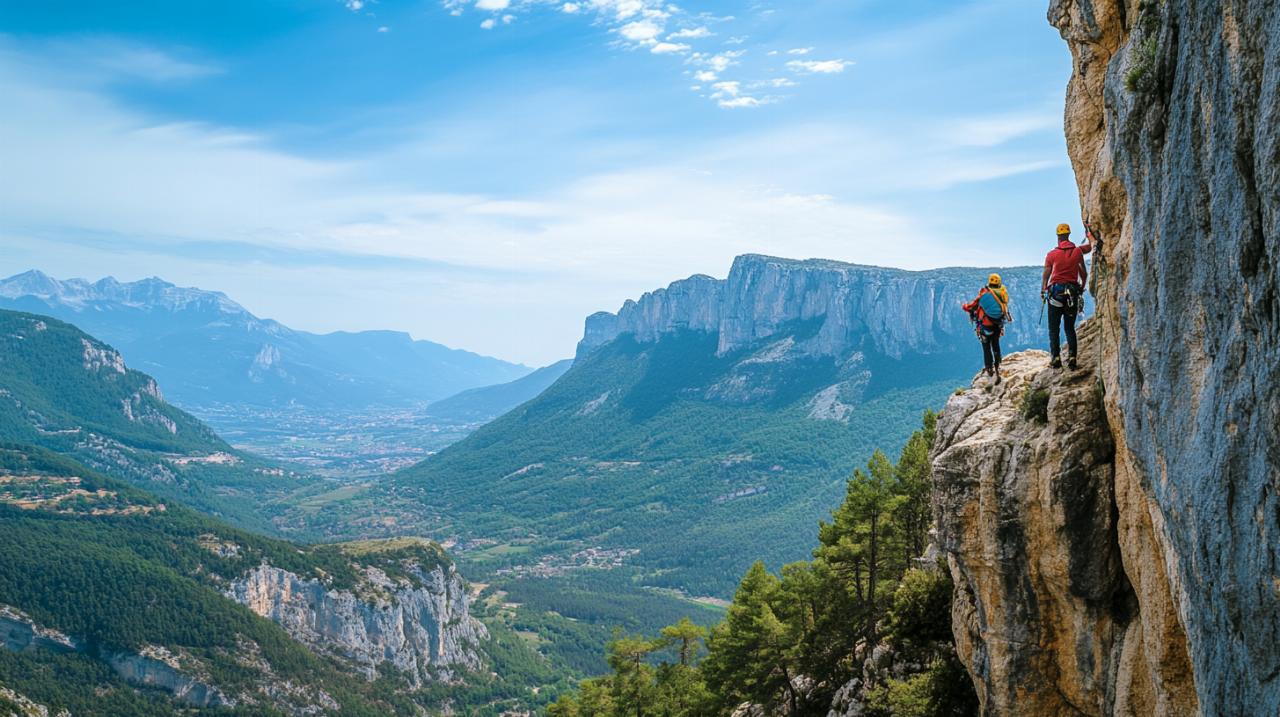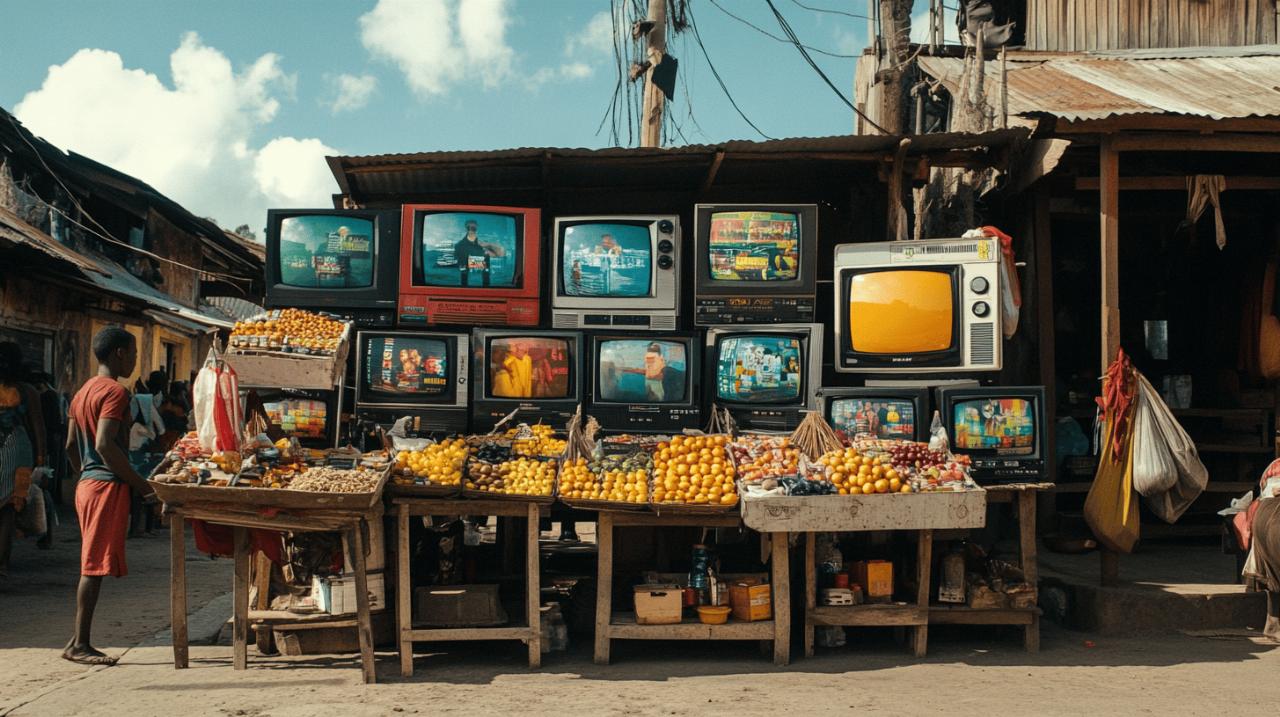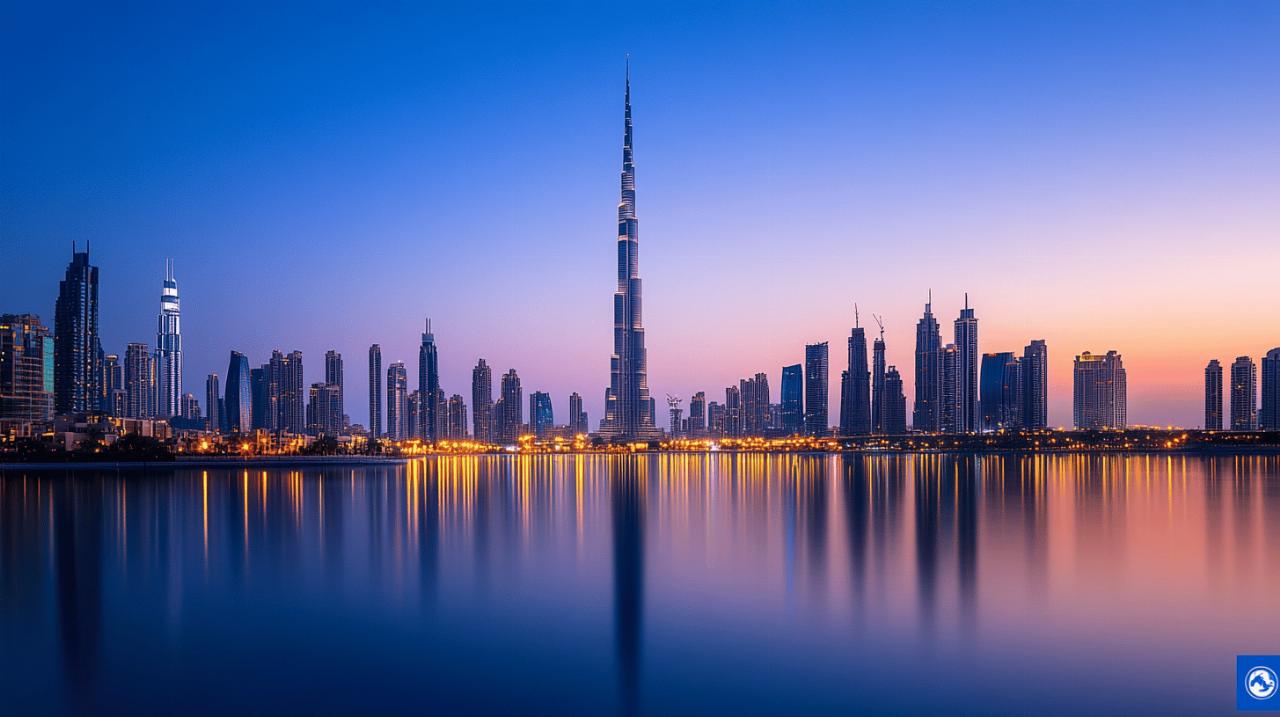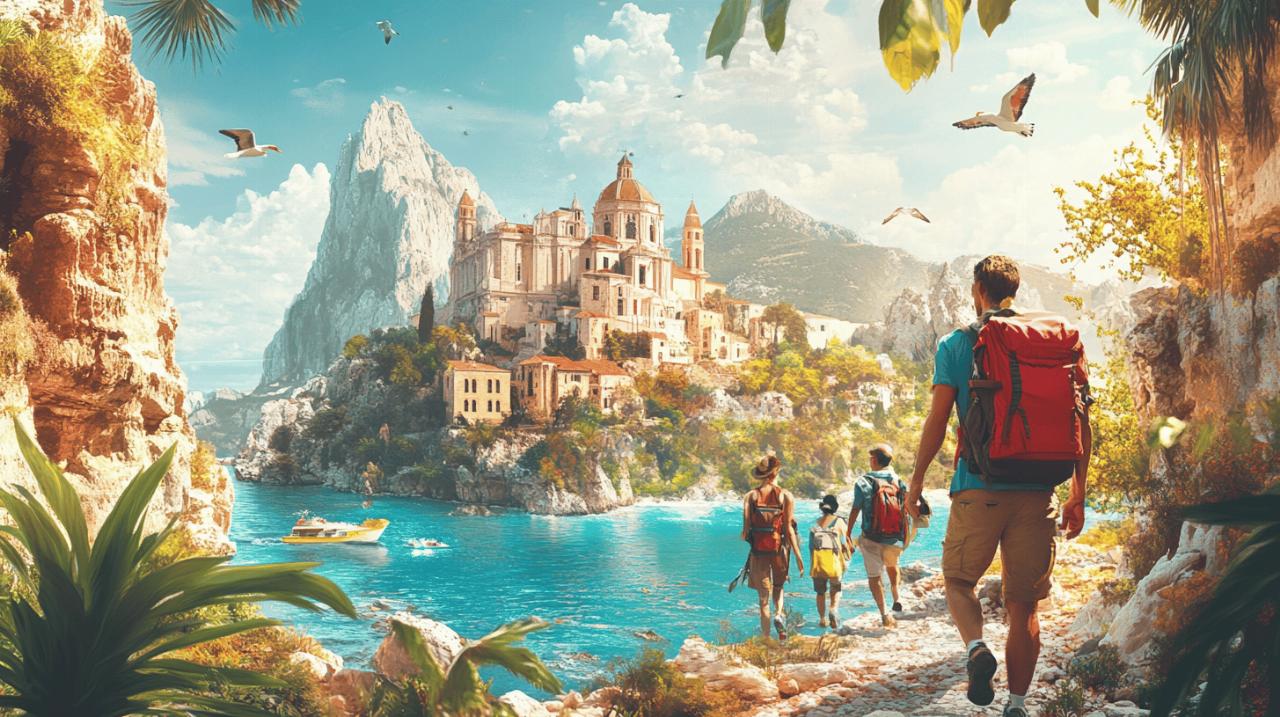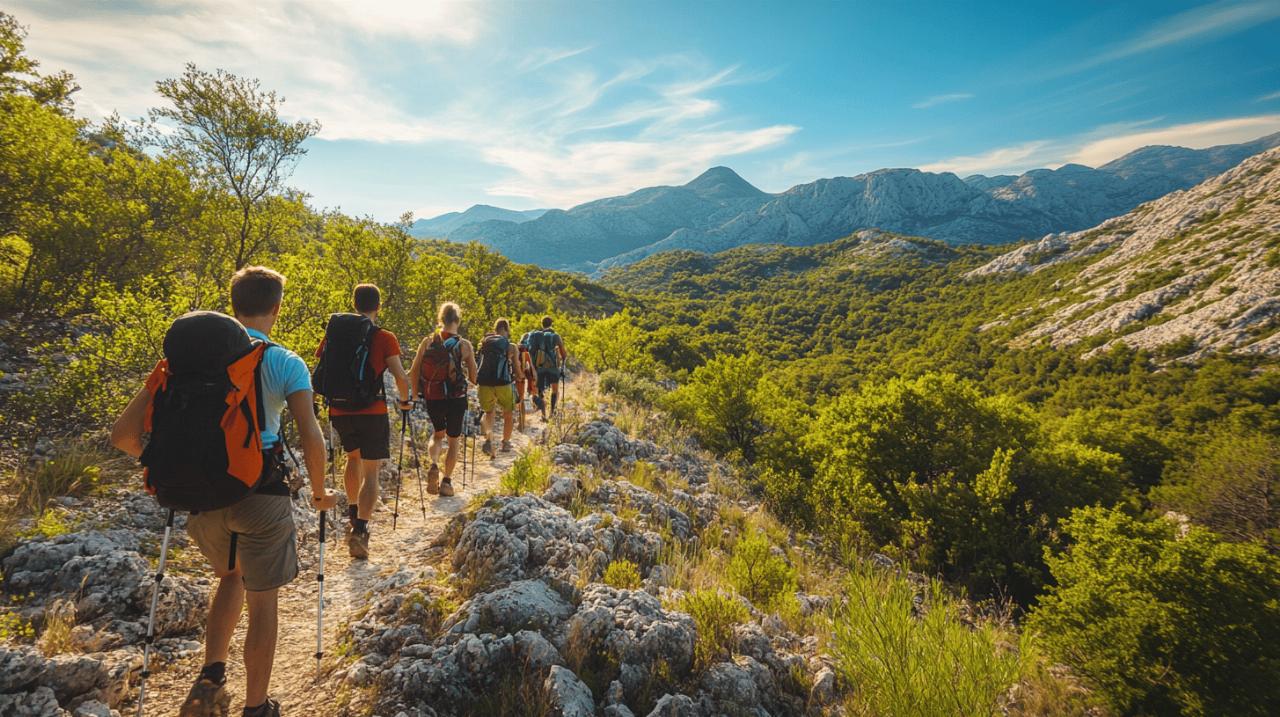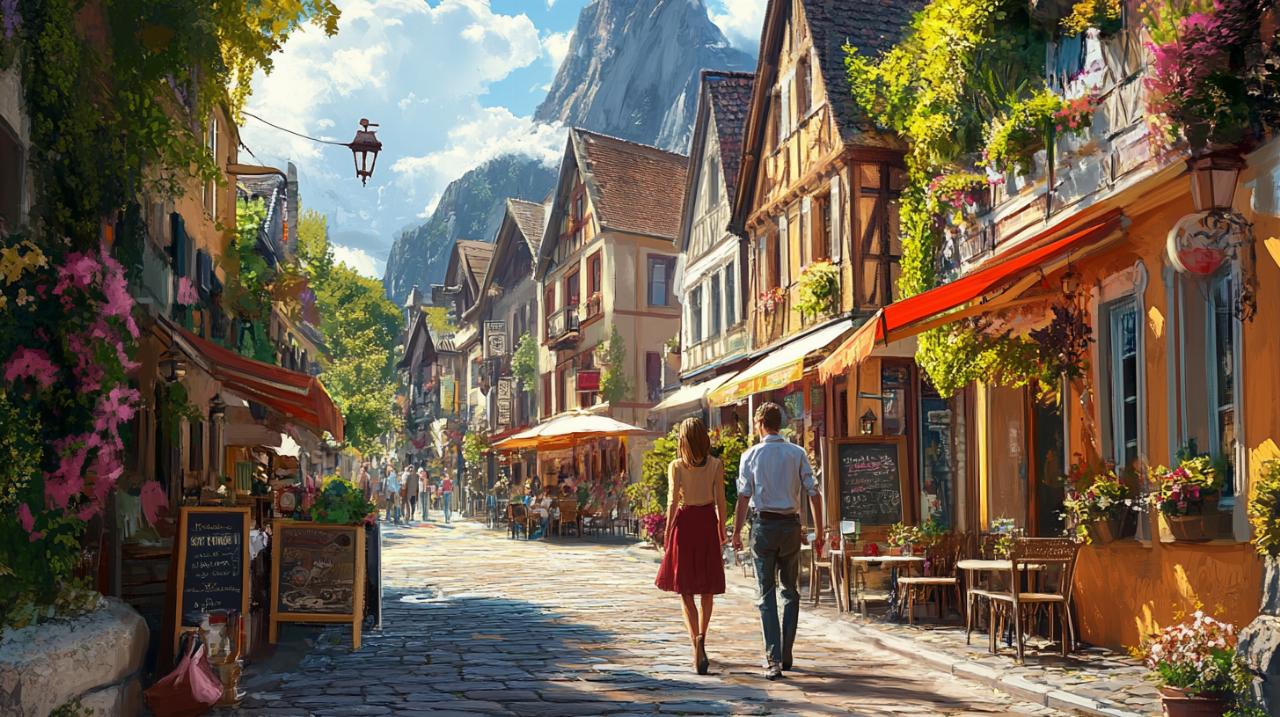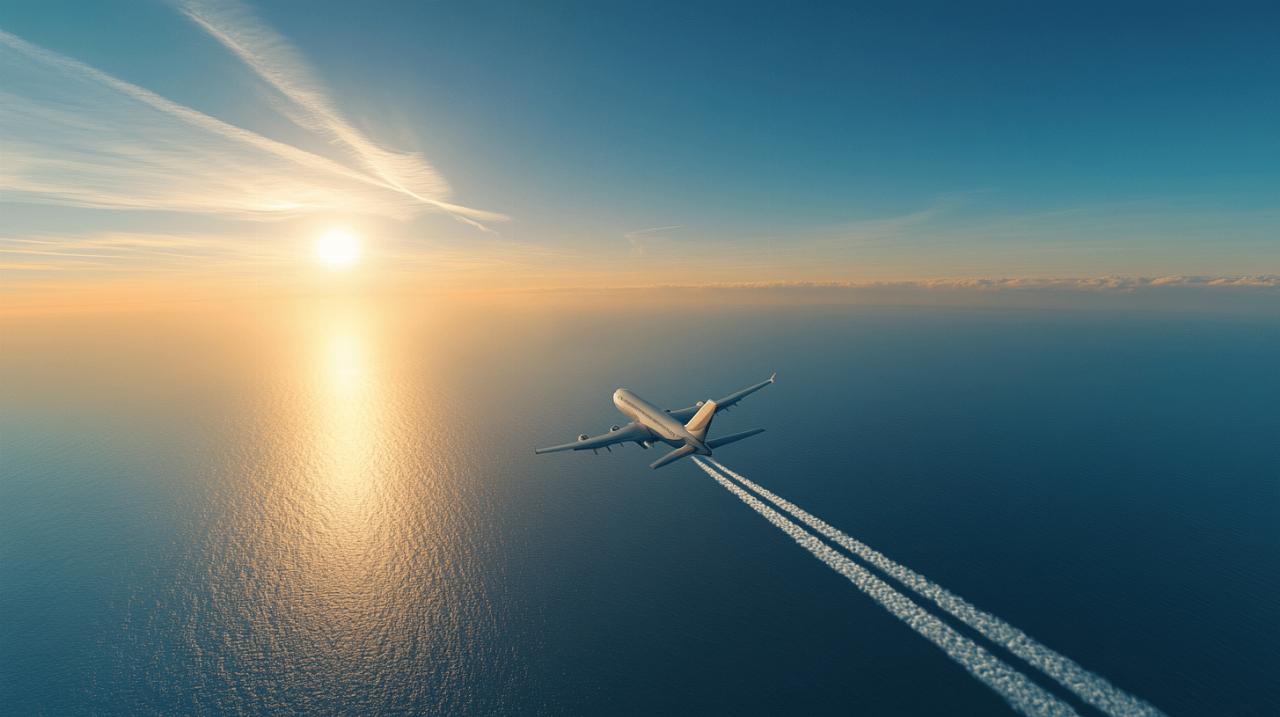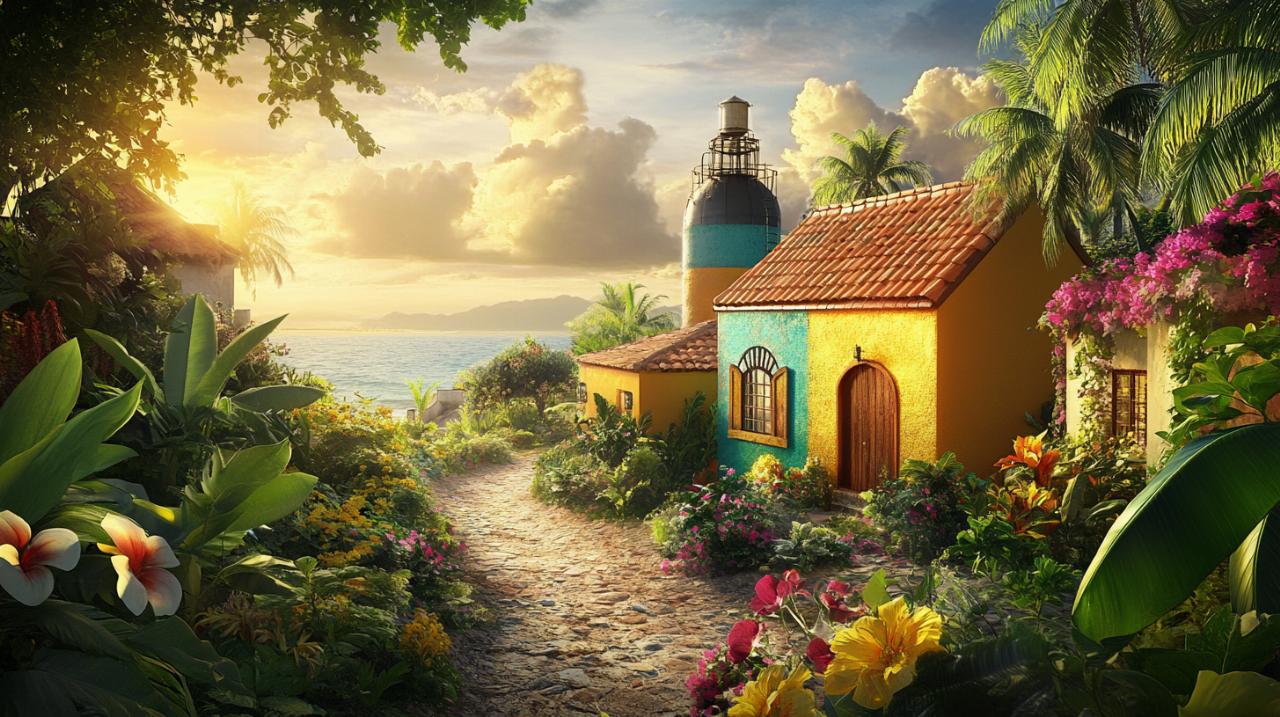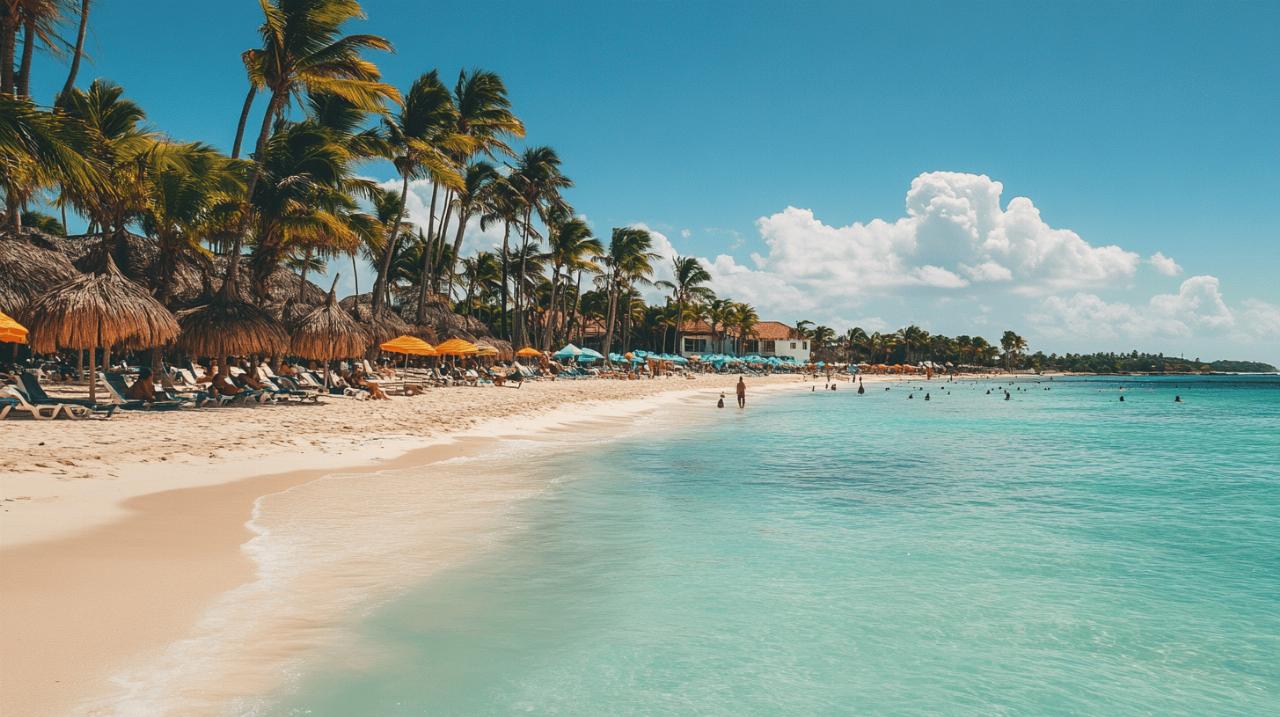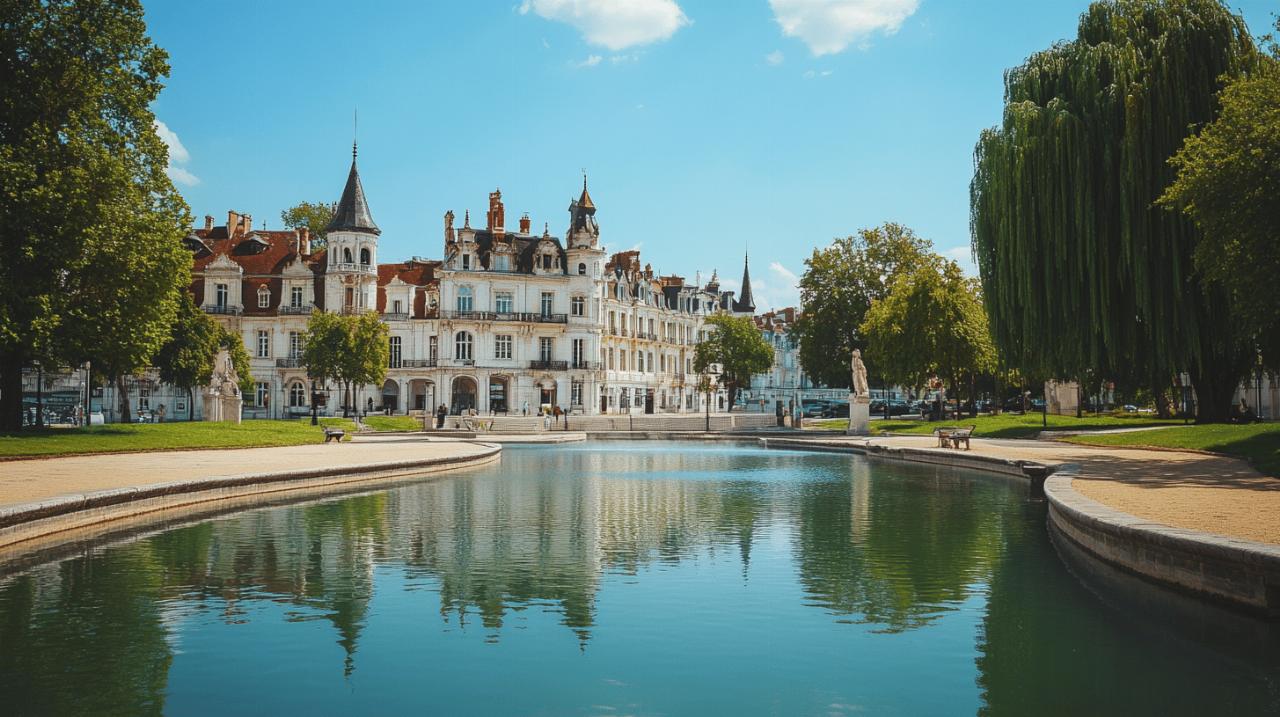The heel of Italy beckons with an irresistible charm, where ancient history meets sparkling Adriatic waters and authentic Italian culture thrives far from the well-trodden tourist paths. Puglia, that sun-drenched region in the country's southeast, offers a treasure trove of experiences that blend coastal splendour with rich architectural heritage and culinary delights that will leave you utterly enchanted.
Discovering the Architectural Marvels and Historic Treasures of Puglia
The region's architectural legacy stretches back millennia, with structures that tell stories of empires and kingdoms long past. Polignano a Mare itself stands as a testament to ancient Roman engineering, as the Emperor Trajan's road, the Via Traiana, constructed between 108 and 110 AD, once passed directly through this clifftop settlement that dates back to the 4th century BC. Today, visitors can wander through the historic Porta Grande, the main gate that has welcomed travellers since the 1700s, and explore the Church of Saint Mary of the Assumption, a sacred building whose foundations were laid in 1295.
Unesco heritage sites and ancient wonders worth visiting
A short thirty-minute drive from the coastal towns brings you to Alberobello, where a peculiar form of architecture has earned recognition as a UNESCO World Heritage Site since 1996. The trulli, those distinctive conical-roofed houses constructed from local limestone, create an almost fantastical landscape that seems plucked from a storybook. These unique structures were built without mortar, a clever construction technique that allowed farmers to dismantle them quickly should tax collectors arrive. Walking amongst these whitewashed dwellings feels like stepping into another era entirely.
Further inland, the mysterious Castel del Monte stands enigmatically on a hilltop, its octagonal design shrouded in symbolism and speculation. Built by Emperor Frederick II in the 13th century, this fortress defies easy categorisation. It lacks the typical defensive features of medieval castles, leading scholars to propose various theories about its true purpose, from astronomical observatory to hunting lodge. The precise mathematical proportions and unusual layout make it one of the region's most intriguing monuments.
Baroque Splendour and Medieval Mysteries Across the Region
The southern city of Lecce has earned its nickname as the Florence of the South through an extraordinary concentration of Baroque architecture. The local golden limestone, soft enough to be carved with remarkable intricacy, allowed artisans to create facades dripping with elaborate ornamentation. Churches, palaces, and public buildings throughout the historic centre showcase the exuberant style that flourished here during the 17th and 18th centuries. The sheer density of architectural masterpieces makes every street corner worthy of admiration.
Ostuni, perched dramatically on three hills about forty minutes from Monopoli, presents a striking silhouette against the azure sky. Known locally as the White City, its maze of whitewashed buildings cascades down the hillside in a dazzling display. The tradition of painting every surface white originated as a practical measure during plague outbreaks, but today it creates a photogenic contrast against the terracotta rooftops and deep blue backdrop. The medieval quarter remains remarkably intact, with narrow cobbled streets that wind past artisan workshops and family-run trattorias.
Coastal Gems and Seaside Adventures Along the Adriatic
The Adriatic coastline in this part of Italy presents a dramatic meeting of land and sea, where limestone formations have been sculpted by wind and waves over millennia. The resulting landscape offers swimming opportunities unlike anywhere else in the country, with crystalline waters lapping against ancient rock formations and hidden coves waiting to be discovered by adventurous visitors.
Polignano a Mare's Dramatic Cliffs and Crystal-Clear Waters
Perched atop a twenty-metre limestone cliff, Polignano a Mare commands breathtaking views across the Adriatic coast. The town's position creates a spectacular backdrop for one of Italy's most photographed beaches, Lama Monachile, also known as Cala Porto. This small stretch of sand nestles between towering cliffs, creating an intimate swimming spot where the water glows with an almost unreal turquoise brilliance. The beach holds Blue Flag status, recognising its exceptional water quality and environmental management.
The cliffs themselves have gained international fame as a venue for the Red Bull Cliff Diving World Series, where athletes plunge from vertiginous heights into the crystalline waters below. Even if you're not inclined towards such daring feats, the clifftop viewpoints offer heart-stopping perspectives. The Belvedere su Lama Monachile provides the most celebrated vantage point, though Mirador Blue offers equally stunning panoramas with fewer crowds jostling for the perfect photograph.
For a truly memorable dining experience, Grotta Palazzese Restaurant occupies a natural cave within the cliff face, where tables are set against a backdrop of waves crashing just metres away. This extraordinary venue has welcomed diners since the 1700s, when local nobility began hosting summer banquets in the cool limestone chamber. Whilst the prices reflect the unique setting, few experiences match the romance of enjoying fresh seafood whilst the Mediterranean sunset paints the cave walls in shades of gold and rose.
Hidden beaches, island escapes, and charming fishing villages
Beyond the famous beaches, a constellation of lesser-known swimming spots dots the coastline. Monopoli offers several alternatives to its busier neighbours, including Cala Porta Vecchia within the old town itself, where locals dive from smooth rocks into deep, clear water. Porto Bianco and Cala Porto Rosso provide more secluded options, whilst Cala Paradiso lives up to its name with shallow, protected waters ideal for families. The aptly named Tre Buchi features three distinctive openings in the rock formation through which the sea rushes dramatically.
Boat tours reveal the full majesty of this coastline, gliding past sea caves carved by centuries of wave action. A typical tour lasting roughly ninety minutes explores hidden grottoes accessible only from the water, where light filters through underwater openings to create an ethereal blue glow. Many operators depart from both Polignano and Monopoli, offering shared group excursions or private charters for those seeking a more intimate experience. Paddleboard and kayak rentals provide alternative ways to explore at your own pace, allowing you to duck into smaller caves and navigate around dramatic rock formations.
For those willing to venture further offshore, the Tremiti Islands offer an altogether different coastal experience. This small archipelago, protected as a marine reserve, features pristine waters ideal for snorkelling and diving. The islands remain relatively undeveloped, preserving a sense of untouched natural beauty that has become increasingly rare along Mediterranean shores.
Immersing Yourself in Authentic Pugliese Culture and Gastronomy
The true heart of Puglia reveals itself not in monuments or beaches, but in the living traditions that shape daily life. From centuries-old culinary techniques to vibrant local celebrations, the region maintains a strong connection to its cultural roots whilst welcoming visitors eager to participate in authentic experiences.
Traditional cuisine, local festas, and culinary experiences
Pugliese cuisine celebrates simplicity and quality ingredients, with many dishes requiring just a handful of components prepared with care and respect for tradition. In the old town of Bari, known as Barivecchia, elderly women still prepare orecchiette pasta by hand each morning, shaping the small ear-like forms on wooden boards outside their homes. This signature pasta typically appears dressed with cime di rapa, a slightly bitter green vegetable that grows abundantly throughout the region, or with a simple tomato sauce that allows the pasta's texture to shine.
Seafood naturally dominates coastal menus, with the day's catch determining what appears on restaurant blackboards. Raw preparations showcase the exceptional freshness, particularly crudo di mare platters featuring an assortment of shellfish and fish dressed with nothing more than excellent olive oil and a squeeze of lemon. In Monopoli, establishments like Porto Rosso and La Portavecchia serve exemplary seafood dishes in atmospheric settings overlooking the harbour, whilst CarloQuinto offers a more refined dining experience without sacrificing the emphasis on local ingredients.
The region's agricultural bounty extends beyond the sea, with ancient olive groves producing some of Italy's finest oil. Puglia accounts for roughly forty percent of the country's olive oil production, much of it from centuries-old trees whose gnarled trunks testify to their longevity. Visiting a working masseria, the traditional fortified farmhouses that dot the countryside, often includes tastings of estate-produced oil alongside other local products like burrata, the cream-filled mozzarella that originated in this very region.
For coffee enthusiasts, Polignano a Mare offers a unique local variation called Special Coffee, invented in the town in 1935. This distinctive preparation adds lemon zest and other secret ingredients to create a refreshing twist on the traditional espresso. Seeking out this local speciality provides an opportunity to linger in one of the town's characteristic piazzas, watching daily life unfold at the relaxed pace that defines southern Italian culture.
Staying at Historic Masserias and Exploring Rural Life
The countryside accommodation options allow visitors to experience the agricultural traditions that have sustained Puglia for generations. Many historic masserias have been sensitively converted into boutique hotels and holiday rentals, preserving their thick stone walls and vaulted ceilings whilst adding modern comforts. These properties often sit surrounded by their original land, with guests free to wander amongst olive groves and vegetable gardens that still supply the kitchen.
Some masserias offer cooking classes that reveal the techniques behind regional specialities, from hand-rolling pasta to preparing the layered rice and vegetable dish known as tiella. These hands-on experiences provide insight into the patience and skill required for dishes that might appear deceptively simple. The emphasis falls on seasonal eating, with menus shifting to reflect what the land offers at different times of year.
Attending a local festa offers perhaps the most immersive cultural experience available to visitors. These celebrations, tied to religious holidays or agricultural cycles, bring entire communities together for processions, music, dancing, and feasting that can continue for days. The streets fill with market stalls selling everything from roasted almonds to religious mementos, whilst brass bands provide a soundtrack that echoes through narrow lanes. The warmth with which strangers are welcomed into these celebrations reflects the generous spirit that characterises the region.
Natural Wonders and Countryside Escapes Beyond the Coast
Whilst the Adriatic shoreline captures much attention, the interior landscapes reward exploration with their own distinctive beauty. Rolling hills planted with vines and olive trees give way to protected wilderness areas where diverse ecosystems thrive, offering countless opportunities for walkers, cyclists, and nature enthusiasts.
Exploring Gargano National Park and the Itria Valley
The Gargano promontory, jutting into the Adriatic to form the spur of Italy's boot, encompasses a national park of remarkable ecological diversity. Ancient beech forests cover the higher elevations, whilst Mediterranean scrubland dominates lower slopes. The coastline here takes on a different character from further south, with long sandy beaches alternating with dramatic cliffs and hidden coves. Coastal lakes separated from the sea by narrow strips of sand provide important habitats for migratory birds, making the area a paradise for birdwatchers during spring and autumn passages.
Inland walking routes wind through valleys where wildflowers bloom in spring profusion, painting the landscape in vibrant colours. The park's network of trails accommodates various ability levels, from gentle strolls to challenging mountain routes that reward effort with panoramic views. Medieval hermitages carved into cliffsides speak to centuries of spiritual seekers who found solace in this rugged landscape.
The Itria Valley presents a gentler version of Puglia's countryside, where the distinctive trulli structures punctuate an agricultural landscape of remarkable beauty. The valley's gently rolling terrain supports vineyards producing crisp white wines and elegant primitivo reds, alongside olive groves and orchards. Hiring a car to explore independently allows for serendipitous discoveries, from farm shops selling fresh produce to panoramic viewpoints overlooking the patchwork of cultivated fields.
Towns like Locorotondo and Martina Franca provide elegant bases for countryside exploration. Locorotondo earned its name from the circular layout of its historic centre, where whitewashed buildings curve around in an almost perfect ring. Martina Franca showcases more Baroque architecture, with its palaces and churches reflecting the prosperity brought by agriculture and trade. Both towns maintain authentic rhythms of daily life, with markets, shops, and cafes catering primarily to local residents rather than tourists.
Underground caves, rolling hills, and olive groves
The Grotte di Castellana offers an extraordinary underground adventure, where a vast network of caverns extends deep beneath the surface. These limestone caves feature spectacular formations of stalactites and stalagmites built up over millions of years by mineral-rich water. Guided tours lead visitors through a sequence of chambers, each with its own distinctive character, culminating in the Grotta Bianca, a dazzling white cavern considered one of the most beautiful in the world. The temperature remains constant year-round, making the caves a refreshing escape during hot summer months, though a jumper proves essential even on the warmest days.
San Vito Abbey, dating back to the 10th century, occupies a spectacular waterside location where the building seems to emerge directly from the rocky shoreline. This Benedictine monastery, though now in ruins, retains a haunting beauty enhanced by its dramatic setting. The site offers excellent swimming opportunities from the rocks below the abbey walls, where the water clarity allows you to observe fish darting amongst underwater formations.
The contemporary art museum dedicated to Pino Pascali in Polignano a Mare represents the only institution of its kind in Puglia. Housed in a former slaughterhouse, the museum celebrates this locally born artist who became a significant figure in the Italian arte povera movement before his untimely death in 1968. The collection provides welcome cultural depth beyond the region's historical and natural attractions, with rotating exhibitions complementing the permanent displays.
Getting around the region proves relatively straightforward, with Bari airport serving as the main gateway roughly thirty minutes north of Polignano a Mare. Train connections link the coastal towns efficiently, with services running regularly between Bari, Polignano, and Monopoli. However, hiring a car opens up the interior regions and allows for flexible exploration of hilltop towns, countryside masserias, and hidden beaches that remain difficult to reach by public transport. The roads throughout Puglia generally offer pleasant driving, with well-maintained surfaces and relatively light traffic outside peak summer weeks.





